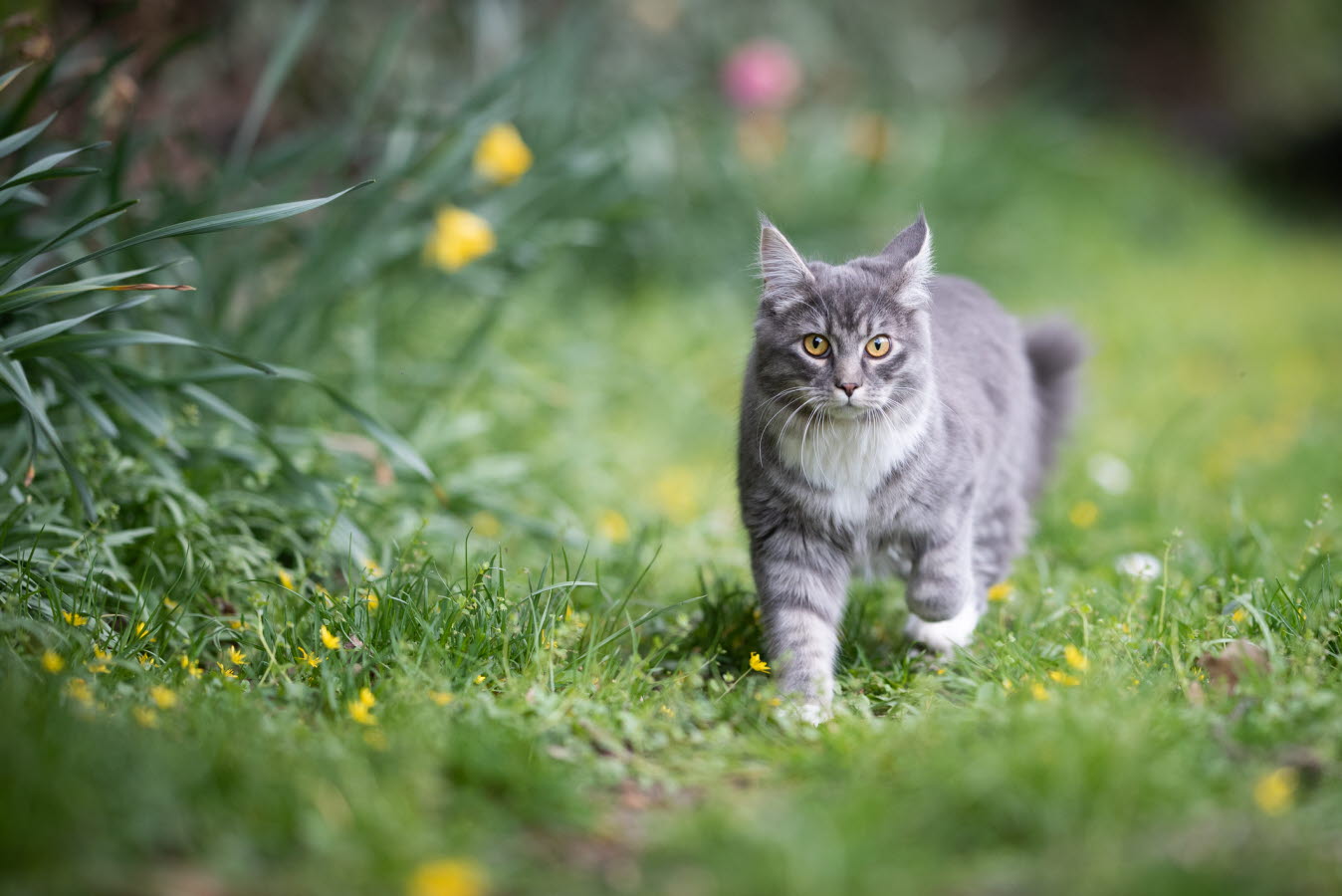Feline Infectious Peritonitis (FIP) explained

Feline Infectious Peritonitis (FIP) is a fatal disease of cats which mostly affects cats younger than three years of age. It occurs when feline coronavirus (FCoV) mutates to aggressive feline infectius peritonitis virus (FIPV) inside an infected cat’s body.
What is FCoV?
FCoV is a common virus of cats (particularly in multi-cat households or cattery situations) and is spread via infected faeces. Most FCoV-infected cats either show no symptoms or develop mild temporary diarrhoea. A small percentage of cats who have had FCoV continue to shed the virus through their lifetime, acting as a long-term source of infection to other cats.
How does FCoV cause FIP?
In about 1% of FCoV-infected cats, the virus can mutate to the more aggressive FIPV which the cat is unable to develop protective immunity against. FIPV can replicate inside cells of the cat’s immune system, travelling around the body and causing inflammation and damage to multiple organs and/or blood vessels.
What signs do infected cats show?
Many cats will show non-specific signs of unwellness, such as being lethargic, off their food, or feverish.
Other symptoms depend on whether cats develop the “wet” or “dry” form of the disease, and which organs have been affected.
- “Wet” FIP causes fluid build-up in body cavities, so affected cats will have a swollen belly or may show difficulty breathing due to fluid in their chest. They may also develop jaundice (yellow skin and eye discolouration).
- “Dry” FIP causes inflammatory lumps in organs such as the brain, eye, kidneys or gut – this can happen months to years after infection. Symptoms depend on where the lesion forms, e.g. wobbliness or seizures may be seen with brain lesions.
How is FIP diagnosed?
Diagnosis of FIP can be complicated, as no single laboratory test reliably differentiates between regular FCoV and mutated FIPV. Vets become suspicious of FIP if a young unwell cat is showing common symptoms such as a swollen, fluid-filled belly and jaundice. Blood tests may also show certain suggestive “red flags” for FIP, such as increased globulin protein levels.
If a cat has signs of “wet” FIP, vets generally sample some of the fluid and send it to a lab for testing. With “dry” FIP, often imaging and special biopsies of the masses may be required. These tests, in combination with an affected cat’s symptoms, can help vets rule out other diseases and confirm a diagnosis.
Can FIP be treated?
Until reasonably recently, FIP was considered an incurable, fatal disease of cats. Various antiviral, immunostimulatory or immunosuppressive drugs have been or are currently being trialled to help slow progression of the disease in some cases, but treatment has generally been palliative until affected cats died or were euthanised.
In current early small-scale veterinary treatment trials in Australia, the antiviral drug Remdesivir (recently considered for potential COVID-19 human usage) legally prescribed off-label by veterinarians has been showing great promise as a potential breakthrough diagnostic tool and treatment for FIP. You can read more about FIP treatment in our Remdesivir article.
